Mesh generation for validation model | ||
| ||
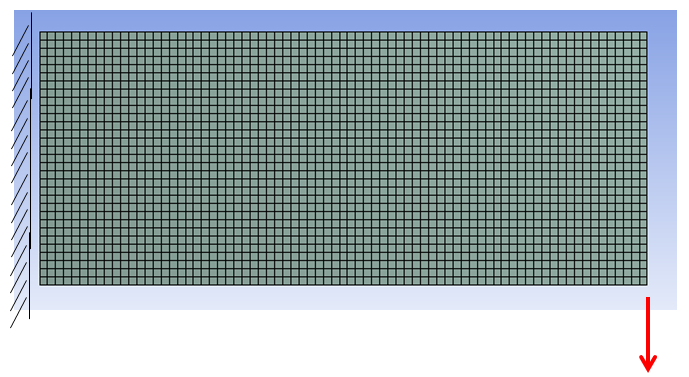 |
Original design space. |
|
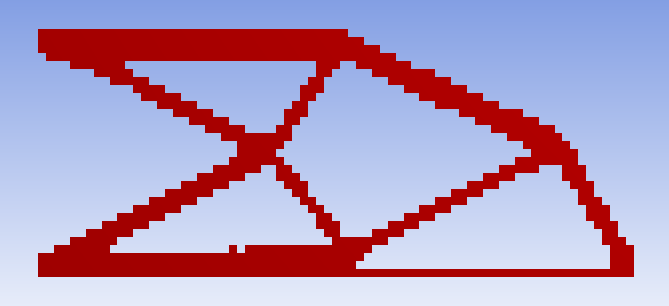 |
Optimization result. |
|
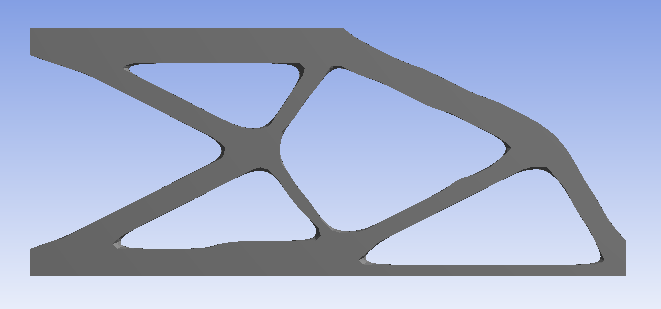 |
Smoothed optimization result. This is a surface model only for visualization purposes. |
|
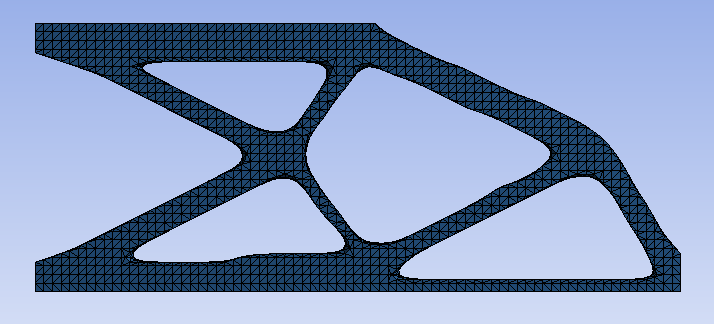 |
 |
Solid model. The smooth model gets remeshed to a tetraeder solid mesh. |
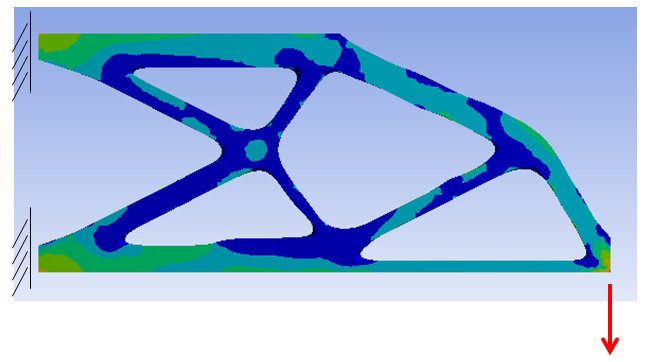 |
Validation result. The solid mesh is ready to be used and can be loaded with loads and boundary conditions again. |
|
| Important:
After a smoothing run and an adjected validation run, there might be some artifacts contained within the geometry. Once the validation model is opened in the Mechanical application, it is possible to delete (suppress) any artifacts easily by hand. To delete such artifacts simply suppress all undesired parts of the geometry. Attention: They might be small and not even noticable. They can only be suppressed because they are listed in the Geometry section in the Tree Outline window. |